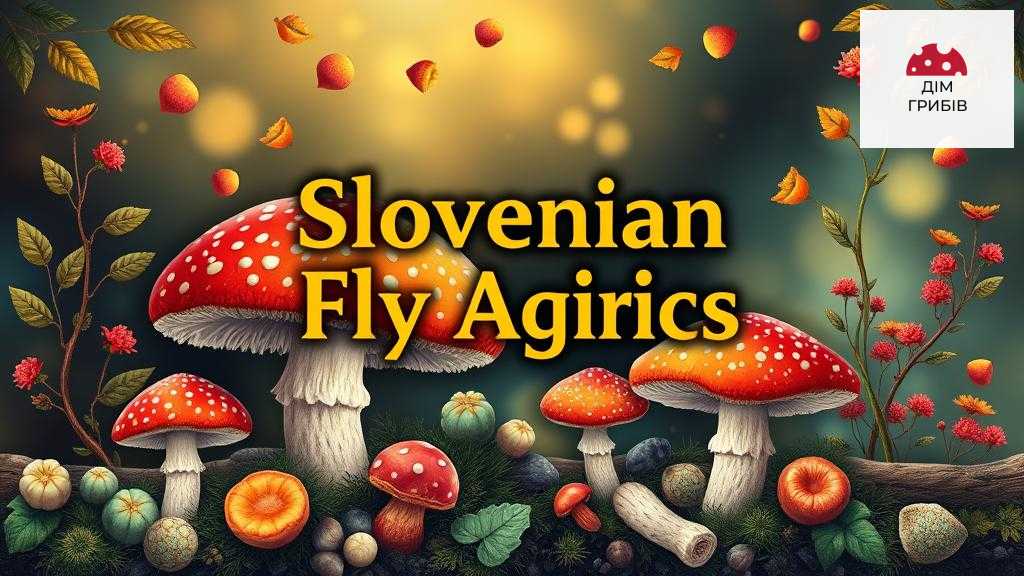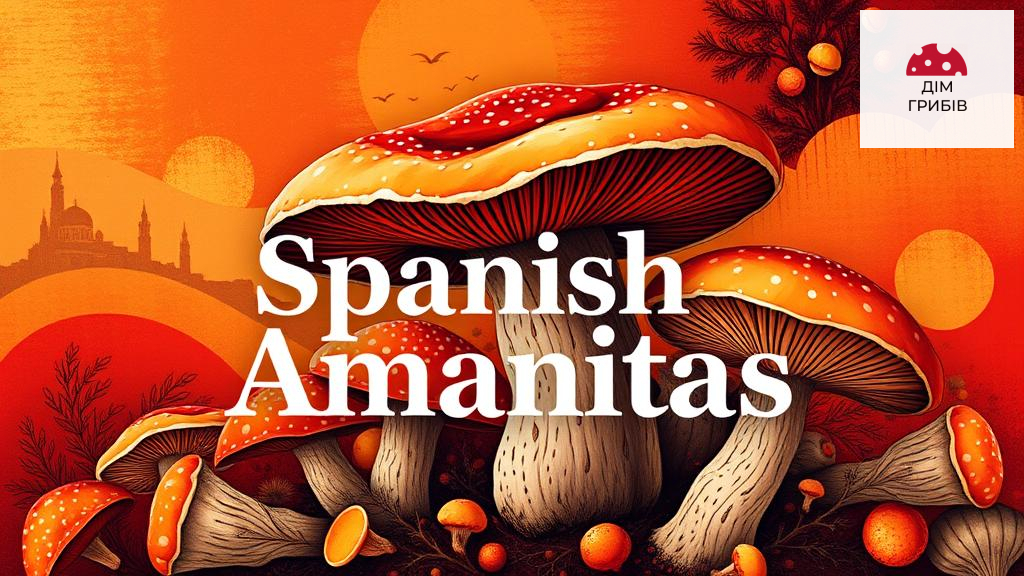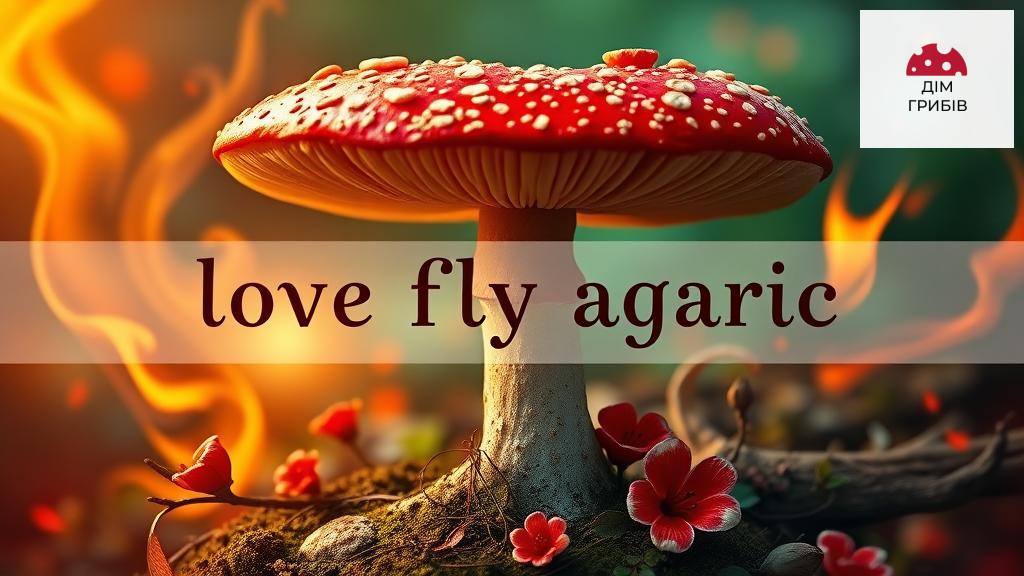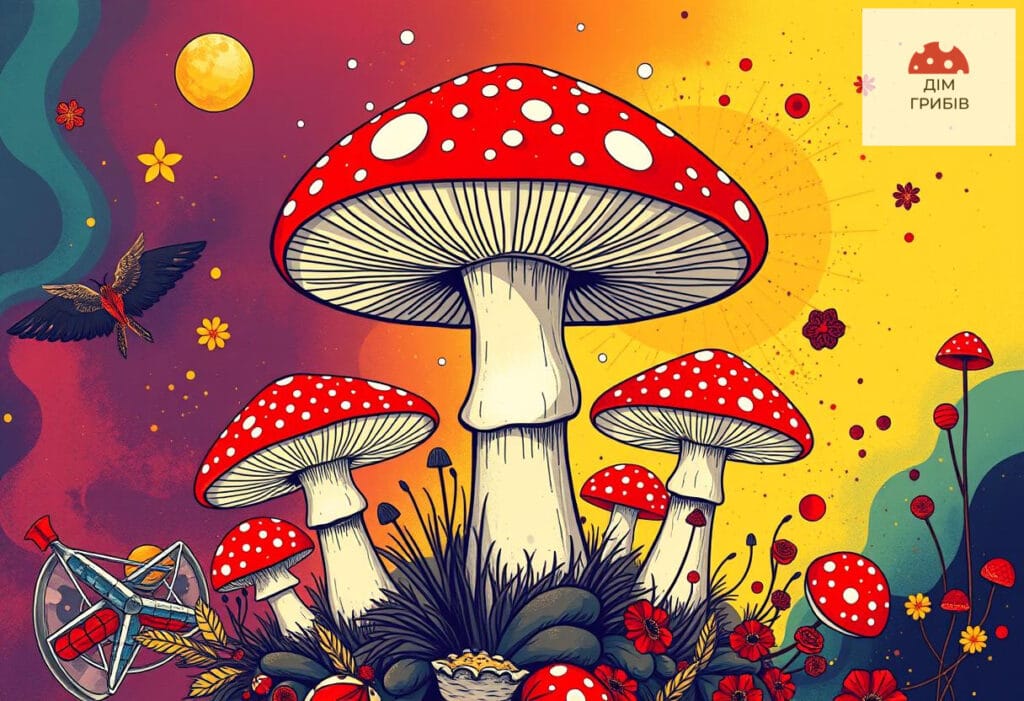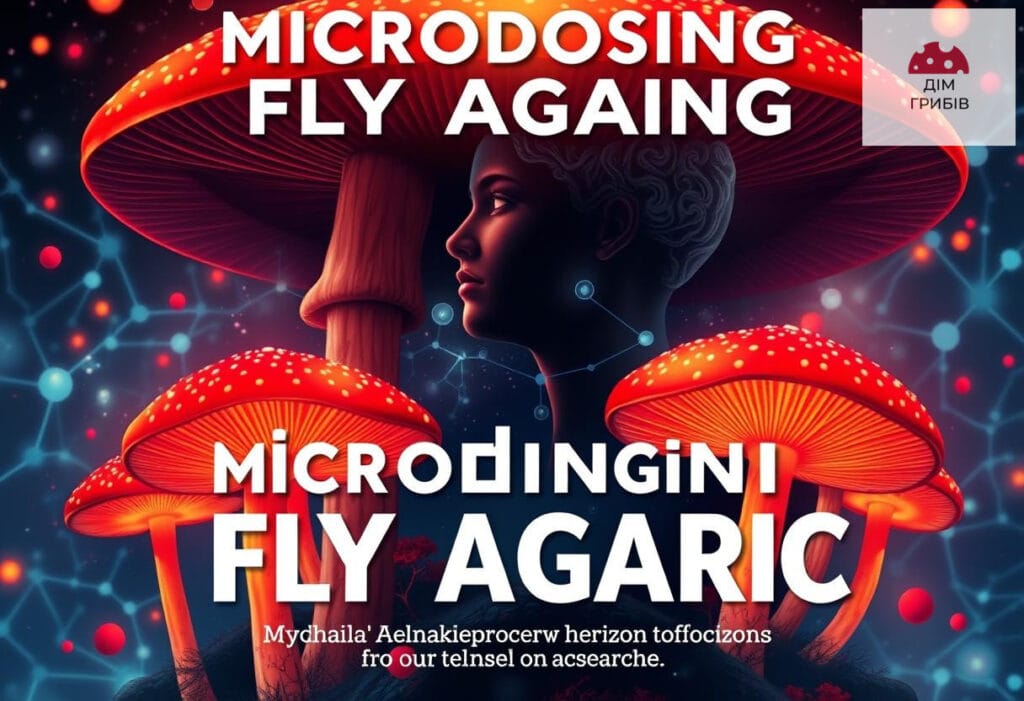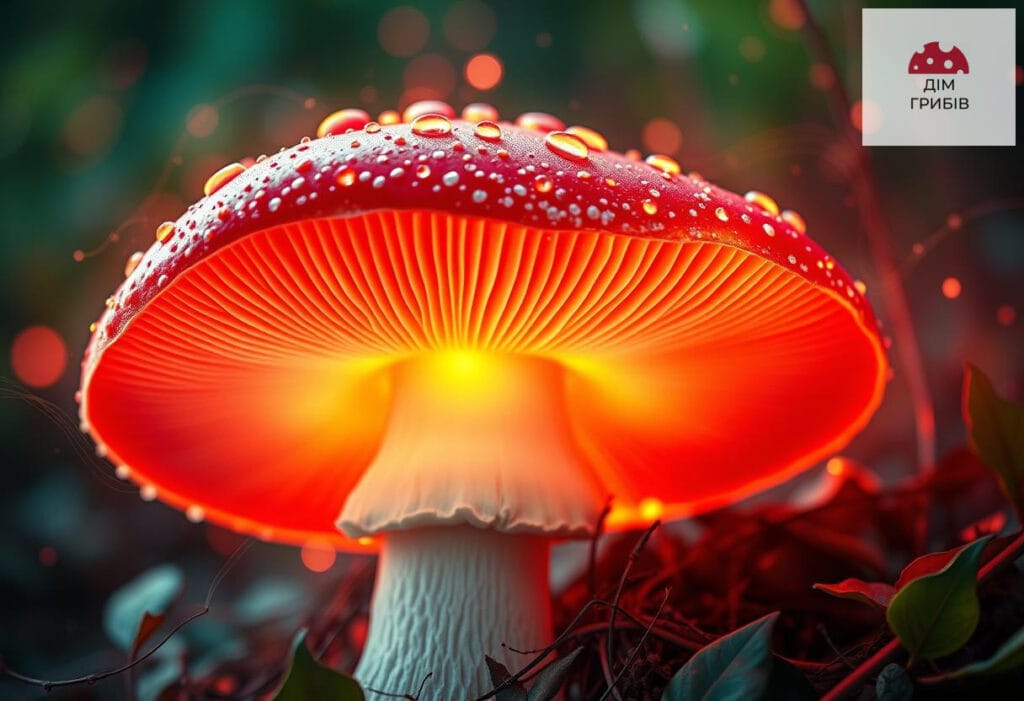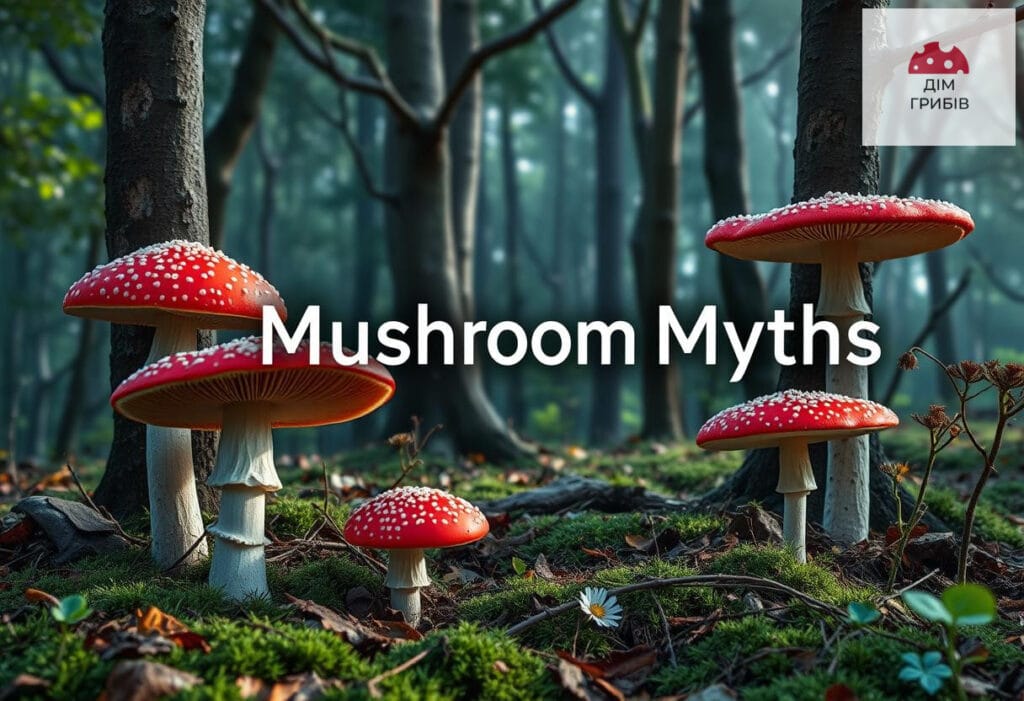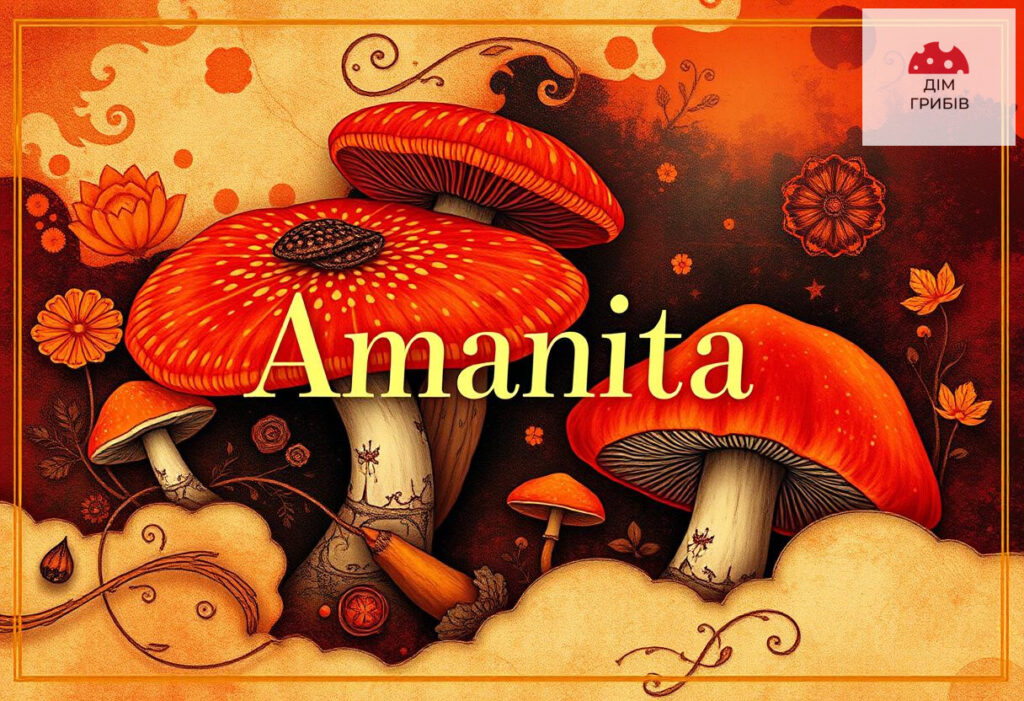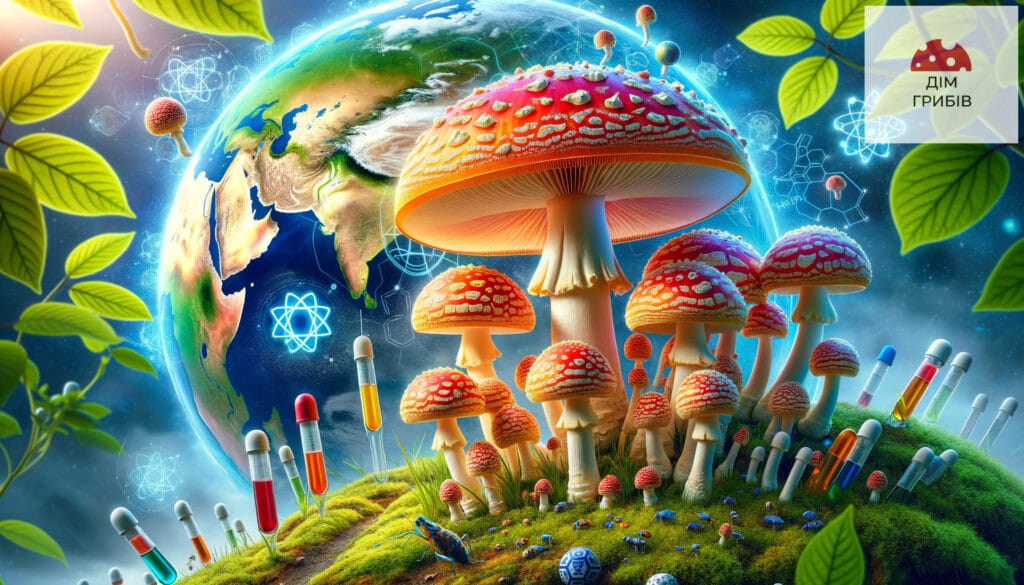Rituals with fly agarics: Discovering the secrets of magical rites and traditions

Rituals with Amanitas: History and Meaning
Fly agarics, whose scientific name is Amanita muscaria, have always aroused considerable interest and even fear among people. The beautiful but dangerous nature of these mushrooms has an important place in the rituals of many peoples, especially in Siberia, the Far East, and Europe. Rituals with fly agarics are not just superstitions, but a complex cultural phenomenon that reflects a wealth of traditions and customs. In this article, we will examine in detail their origin, cultural significance, modern use, their presence in folklore and art, as well as medical aspects.
The origin of fly agarics in rituals
The use of fly agarics in rituals dates back thousands of years. The first documented instances of their use in religious contexts are believed to have been found in Scandinavian sources and texts related to shamanism in Siberia. Shamans traditionally used fly agarics to communicate with spirits and achieve states of transcendence.
Amanita muscaria contains an active substance muscimol, which can cause changes in consciousness. The most striking examples of their use can be observed during rituals performed before important events, such as weddings or funerals. They served as a means of communication with ancestors, honor and harmony with nature. A systematic study published in 2018 found that these mushrooms had a significant influence on shamanic practices, which is confirmed by numerous testimonies from different cultures.
Culture and rituals
Rituals with fly agarics usually take place in several stages:
- Mushroom picking: The ritual often begins with the gathering of fly agarics in the forest, symbolizing union with nature and honoring its gifts.
- Preparation: Mushrooms are cleaned, sliced, and can be prepared in a variety of ways, from boiling to pickling, depending on cultural traditions.
- Use: The use of fly agarics is accompanied by prayers and spells performed by shamans or other religious figures, which enhances the ritual nature of the process.
- Transformation: Once consumed, the mushrooms could induce changes in consciousness, allowing ritual participants to communicate with spirits or feel a deep connection with nature.
Modern practices and medical research
In the modern world, interest in fly agarics is resurging. A study conducted in 2022 showed that certain compounds found in fly agarics may have potential medicinal properties. This discovery has led to a closer study of their medicinal uses.
Medical properties: Scientists have discovered that muscimol has a psychoactive nature, affecting the central nervous system. Studies confirm that this component can be effective in the treatment of mental disorders, including anxiety disorders and depression. It is also noted that, together with other medicinal substances, fly agarics open up new horizons in pharmacological practice, which requires further scientific research.
Cultural context of fly agaric rituals
Today, fly agaric rituals continue to exist, although their meaning has changed. In countries such as Russia and Mongolia, shamans use them to treat various ailments and questions related to life and death. These rituals serve not only medical purposes, but also to maintain the cultural identity of the people.
In the Western world, researchers and activists continue to celebrate “hamoni rituals” that draw inspiration from ancient traditions. Many believe that these drugs can aid in self-discovery, creativity, and personal growth.
Fly agarics in folklore and art
Amanitas have also found their place in folklore and art. They often materialize in fairy tales, myths, and even in modern popular culture. For example, Japanese anime often features scenes depicting amanitas as a symbol of magic and mystery.
Fairy tales: The folklore surrounding fly agarics is so rich that in many folk tales they are presented as mushrooms capable of turning people into animals or, conversely, returning them to human form. Ukrainian folk tales mention that fly agarics can not only heal, but also give strength in the fight against evil.
Research on fly agarics in works of art
Contemporary artists use the image of amanitas to illustrate themes of transformation, illusion, and consciousness. They become metaphors for exploring the depths of human experience that are invisible to the casual eye. In particular, the works of artists such as Kent Mele and Greta Hertwig, demonstrate a creative approach to interpreting mushroom symbolism.
Toadstools in Science: Are They Dangerous?
Although fly agarics are striking in their beauty, it is necessary to be careful about their toxicity. They contain several poisonous compounds that can lead to serious consequences if used improperly. According to studies, about 10% cases of poisoning associated with mushrooms are attributed to fly agarics.
| Aspect | Description |
|---|---|
| Toxic substances | Dystrophins, which can cause gastroenteritis and neurotoxic effects. |
| Symptoms of poisoning | Headache, nausea, changes in consciousness, hallucinations. |
| Poisoning statistics | In Ukraine, 25 cases of fly agaric poisoning were registered in 2020, 2 of which were fatal. |
Ways of using fly agarics
Rituals with fly agarics include various methods of consuming them:
- Dried mushrooms: The mushrooms are dried and used in powdered form. This method allows for controlled dosage and reduces the risk of poisoning.
- Infusions: Making infusions from fly agarics allows you to obtain a concentrated potion that can be used in rituals or for medical purposes.
- Tea: Making amanita tea is a popular way to consume them for those who want to try their taste.
Secrets of Shamanism and Nature Spirits
Amanitas are traditionally associated with shamanism, which emphasizes the transmission of knowledge about the connection between humans and nature. Shamans who use these mushrooms believe they can connect with spirits, which is a key aspect of their work.
Such rituals may include:
- Songs and dances: Shamans perform ritual dances that symbolize a journey to other worlds.
- Symbolic sacrifices: Rituals may involve sacrifices that have symbolic meaning in the context of interaction with nature.
- Use of ritual objects: During rituals, shamans use special artifacts that represent the knowledge of their people.
Conclusions and modern application
Rituals with fly agarics occupy an important place in the cultural context of many peoples. Despite their toxicity, interest in these mushrooms is growing, and new studies confirm their therapeutic properties. Modern scientific discoveries may open new possibilities for the use of fly agarics in medicine and psychology.
We should not forget about the dangers associated with their improper use. Understanding fly agarics can help not only in rituals, but also in the development of new methods of treatment. More and more people, guided by ancient traditions, are trying to find their place in the modern world, using the wisdom of the past. In the near future, we can expect even more research that will confirm the importance of fly agarics in our culture and medicine. The true value of these mushrooms lies not only in their aesthetic appearance, but also in the deep symbolism that they carry.
For more information on shamanism and rituals, including music and dance, you can check out this articleFor research on traditional cultures, we suggest you refer to the link to World Cultures, as well as visit web resources related to mushroom research.

